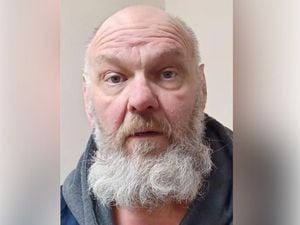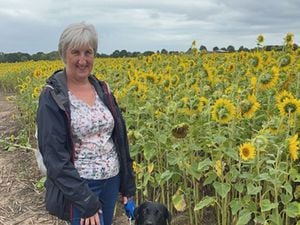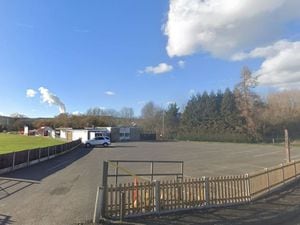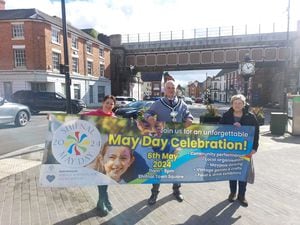Pictures: Shropshire expert breathes colour into old images in bid to identify the 'Lost Tommies'
[gallery] Faces without names – these soldiers stand before the camera en route to the front line. But the soldiers, who are all anonymous, can now be seen in a new light –thanks to the work of an expert from Shropshire.

These "Lost Tommies" were pictured as they walked through the small French village of Vignacourt, which was a staging post during the First World War for British soldiers to rest and prepare for battle.
Now Tom Marshall, from Much Wenlock, has added colour to a selection of the best quality images from the 4,000 that have lay hidden in the attic of farm house in northern France for decades.
The incredible collection of photographs have meticulously been restored by a team of researchers led by Australian journalist Ross Coulthart for his book The Lost Tommies.
It is hoped the work will help to identify some of the soldiers who lost their lives serving their country.
The idea of French couple Louis and Antoinette Thuillier, who took the photos during the Great War, was to send the pictures back to the soldiers' families at home.
The photos were captured on glass and printed into postcards to be sent back to Britain, allowing soldiers to maintain a fragile link with loved ones at home.
The images capture what military life was like for the troops as well as some of the friendships and bonds formed between the soldiers and civilians.
Mr Marshall said: "Of the hundreds of pictures, I chose these particular ones because of their clarity and crispness of the faces.
"I believe that colour can add another dimension to a person's face and aid in recognising family resemblances in old photographs.
"Hopefully this will help the campaign to identify the lost Tommies.
"None of the men in these photographs have been identified, and this is just a tiny selection of the thousands of images in the collection.
"I would encourage anyone who sees these photos to look through the entire photo collection and help to identify these men, many of whom were photographed just weeks before being killed on the front lines.
"I feel it's important that they aren't forgotten, and if we can find out more about even one more soldier's life then they will always be remembered, with a physical record for their family to treasure.
"The reaction to this project has been overwhelmingly positive,
"Many people have commented on the sadness in the eyes of the men, or the distant expressions on their faces, as it's clear that these soldiers saw something very few could imagine today.
"My favourite reaction has been the thank yous I've had from people researching their own ancestors, as they can perhaps imagine how the families of any identified soldiers might feel when they see their ancestors appear in colour."





